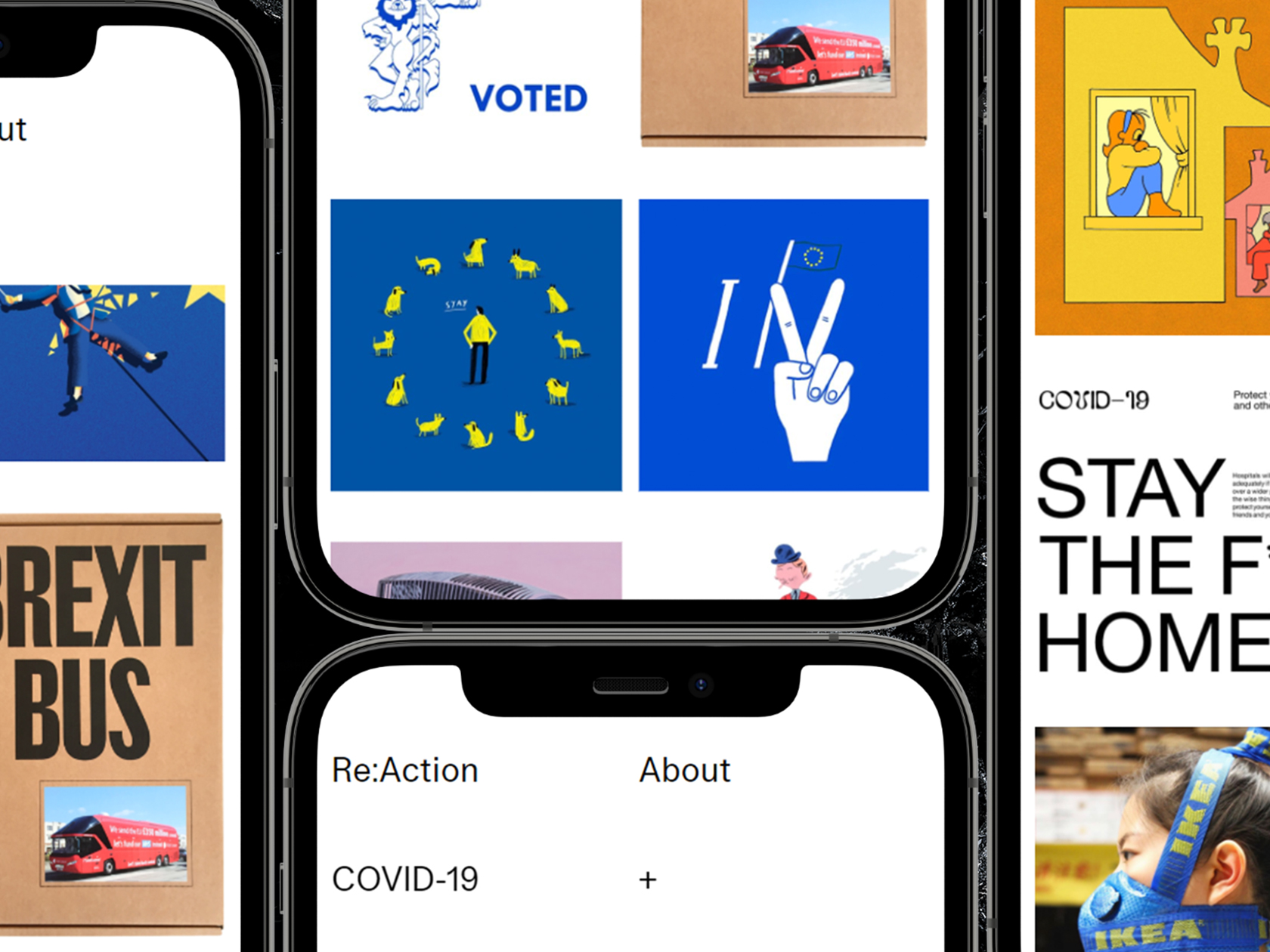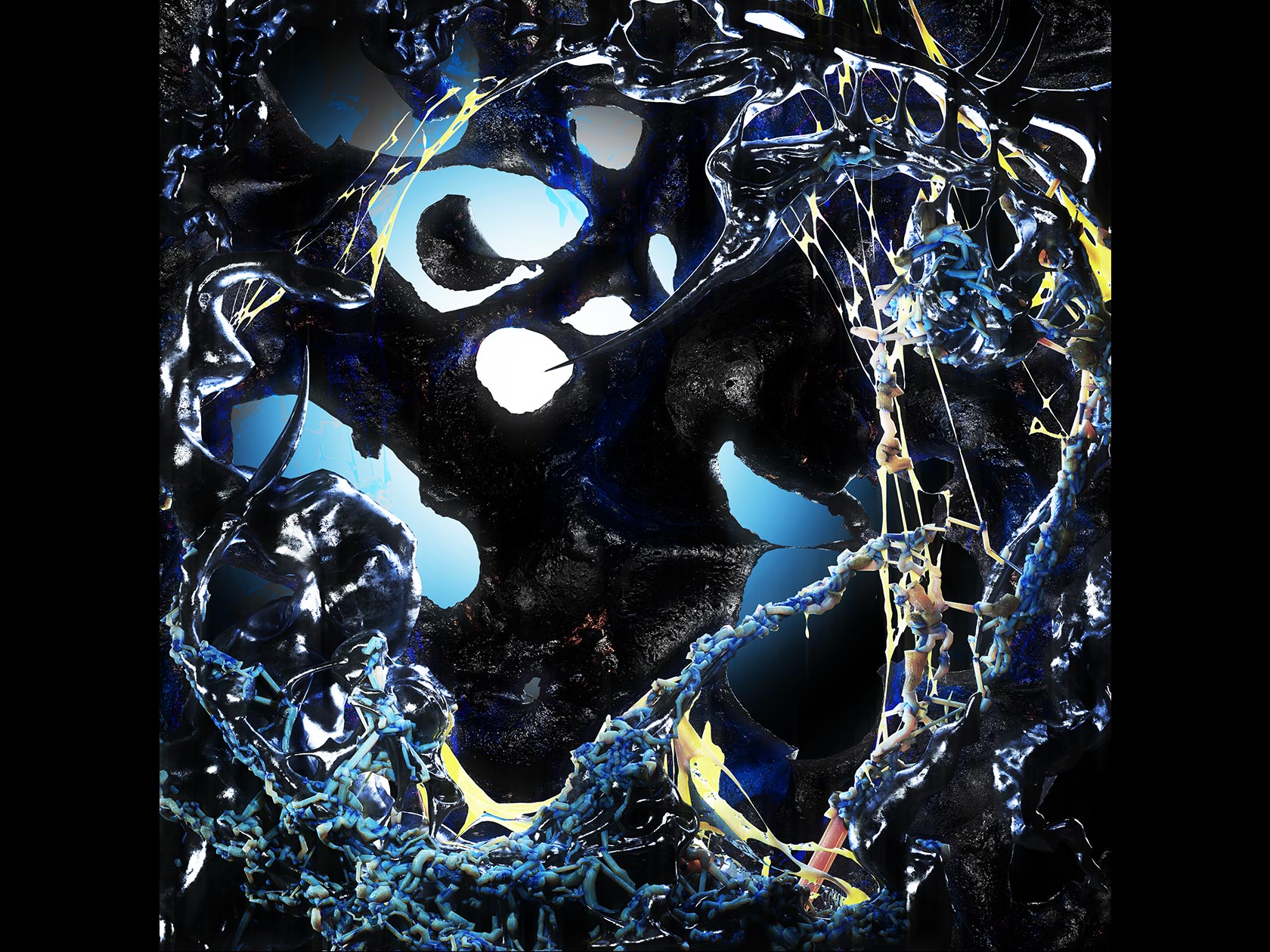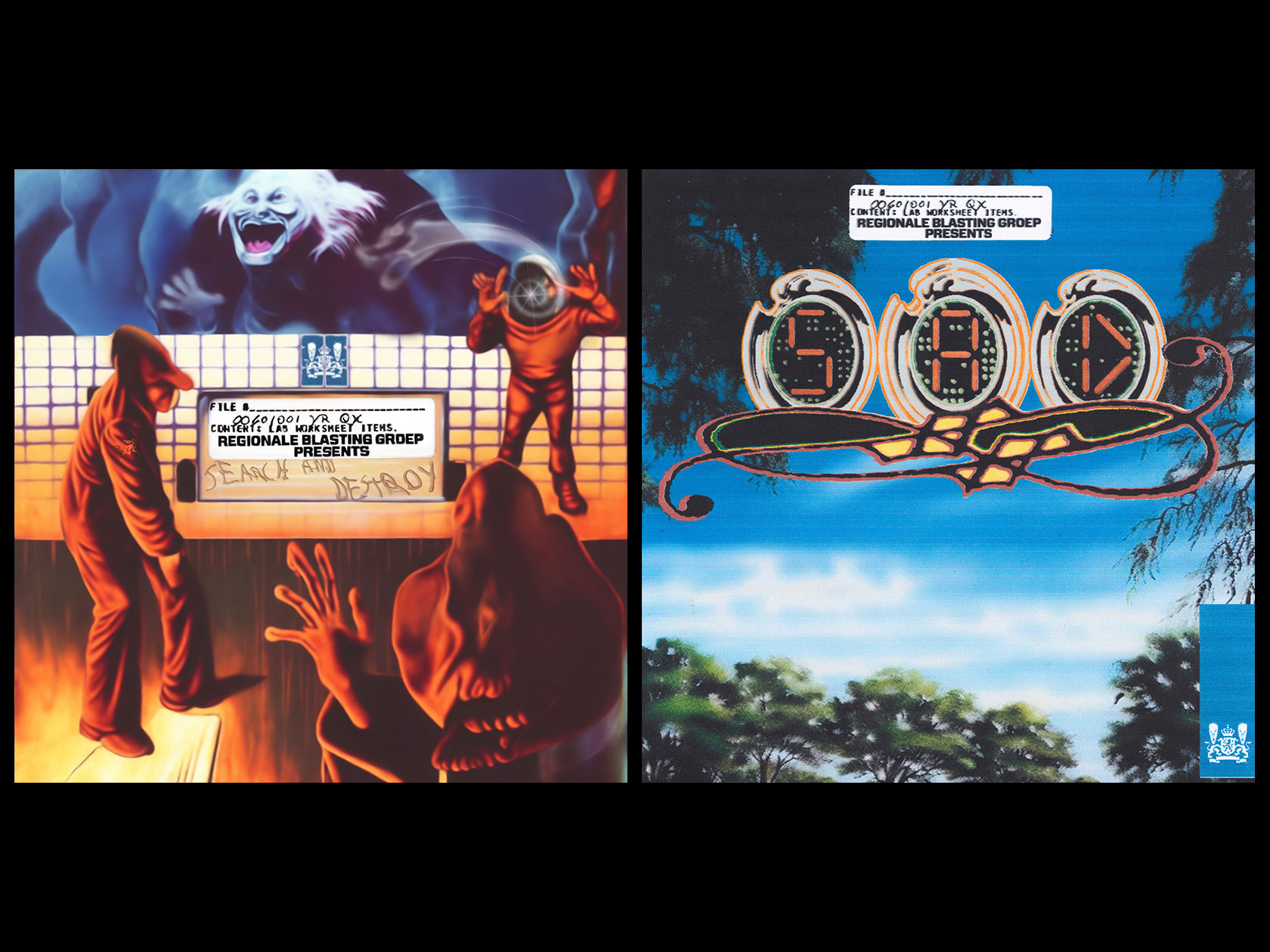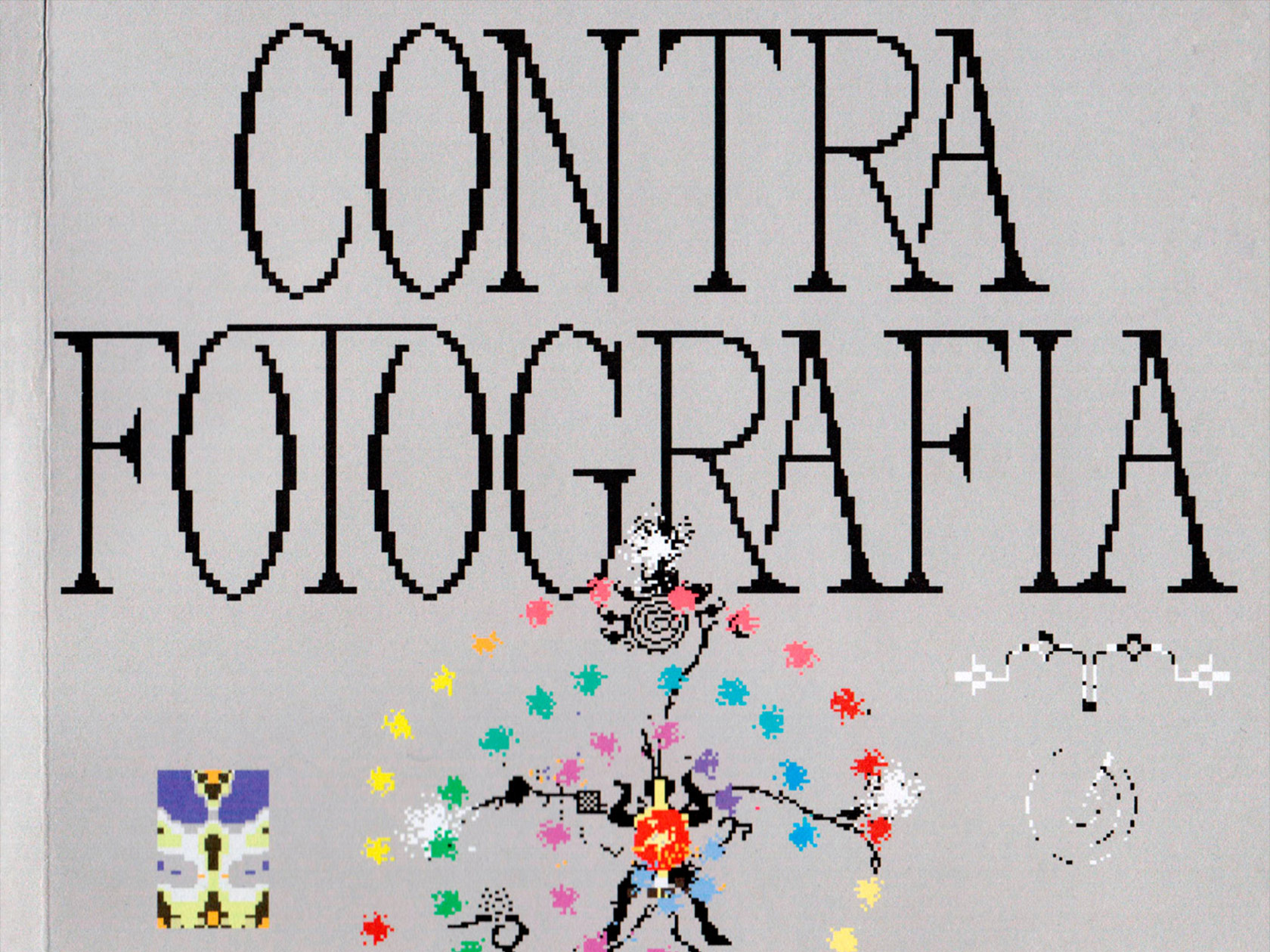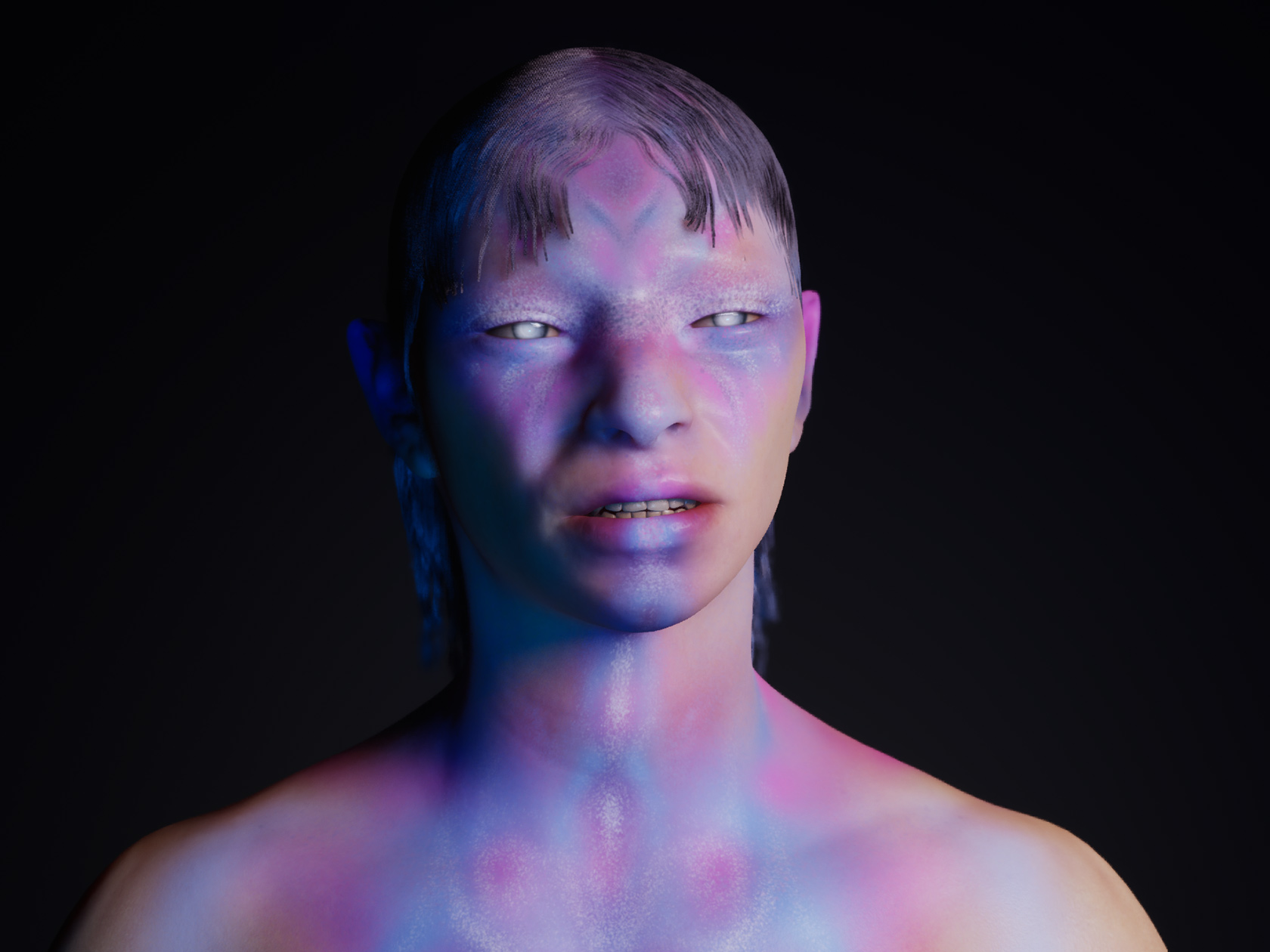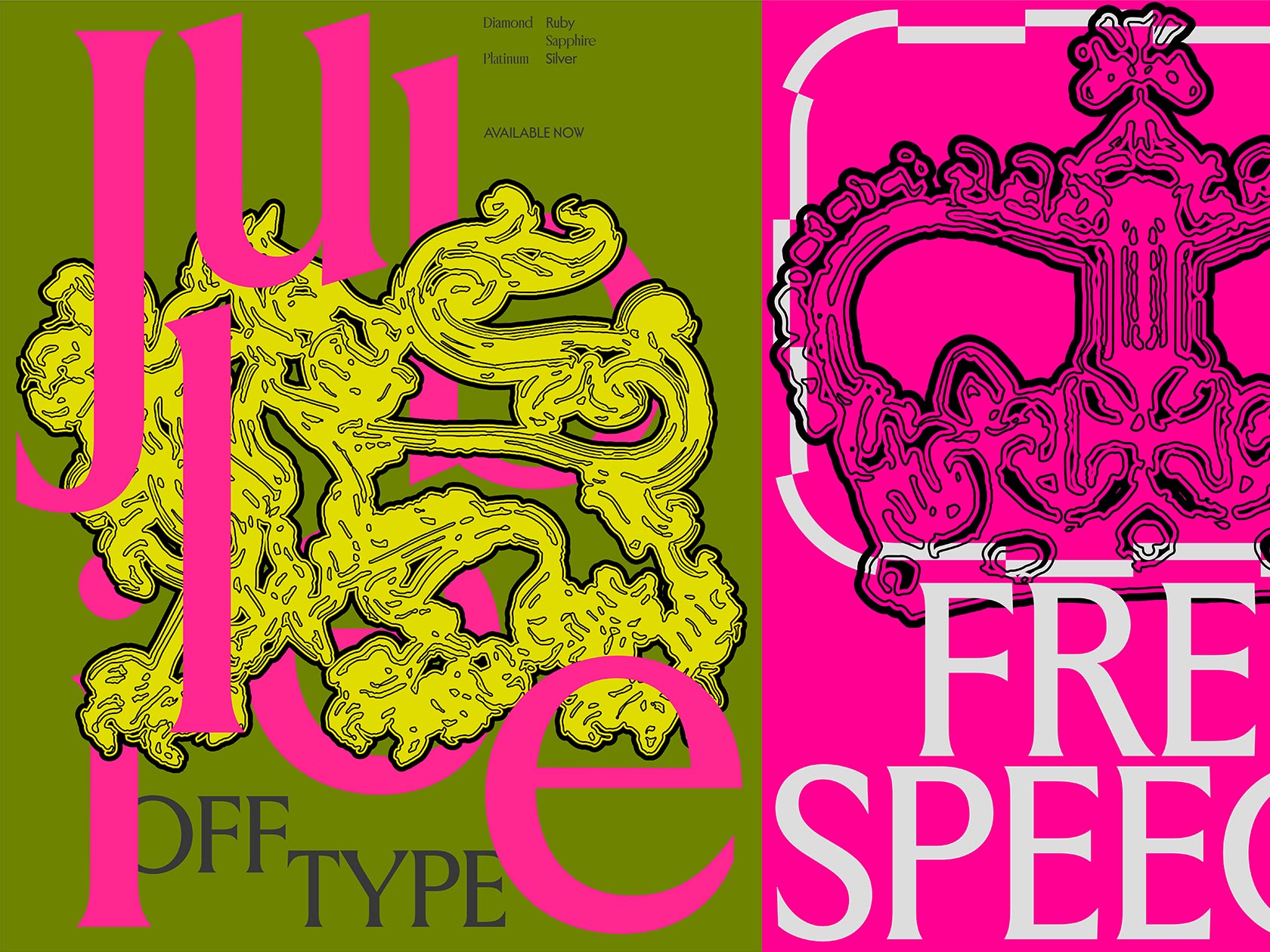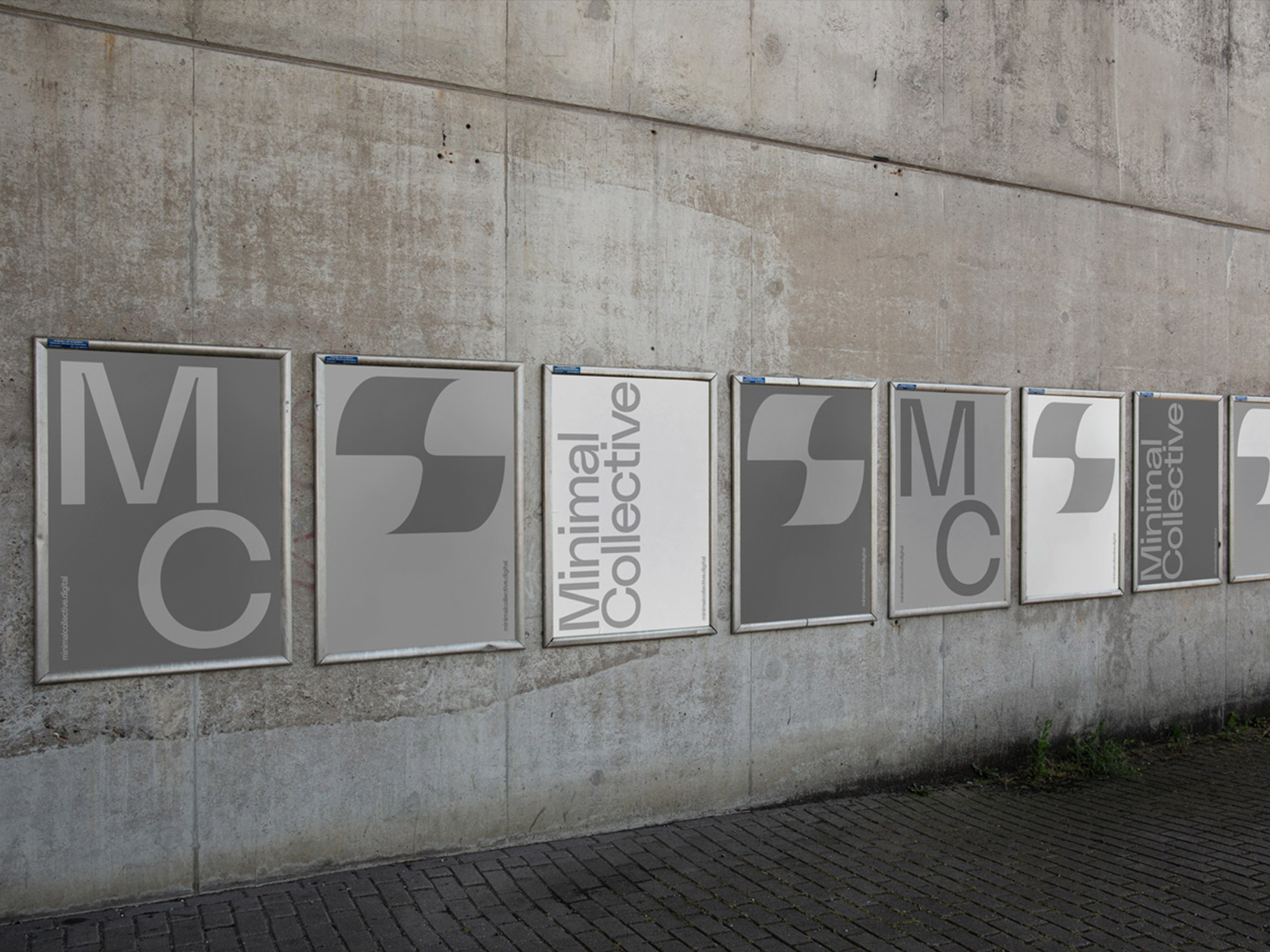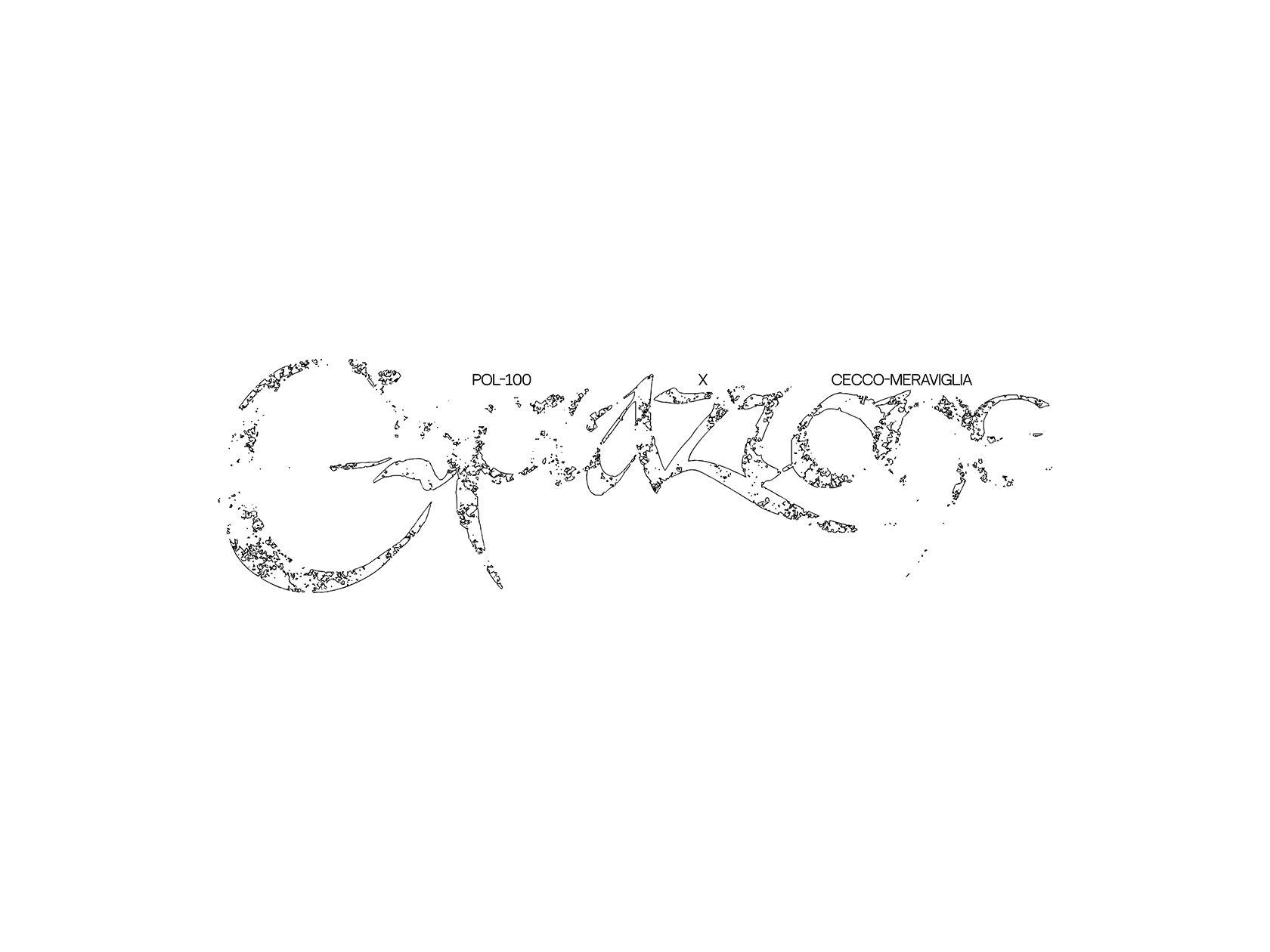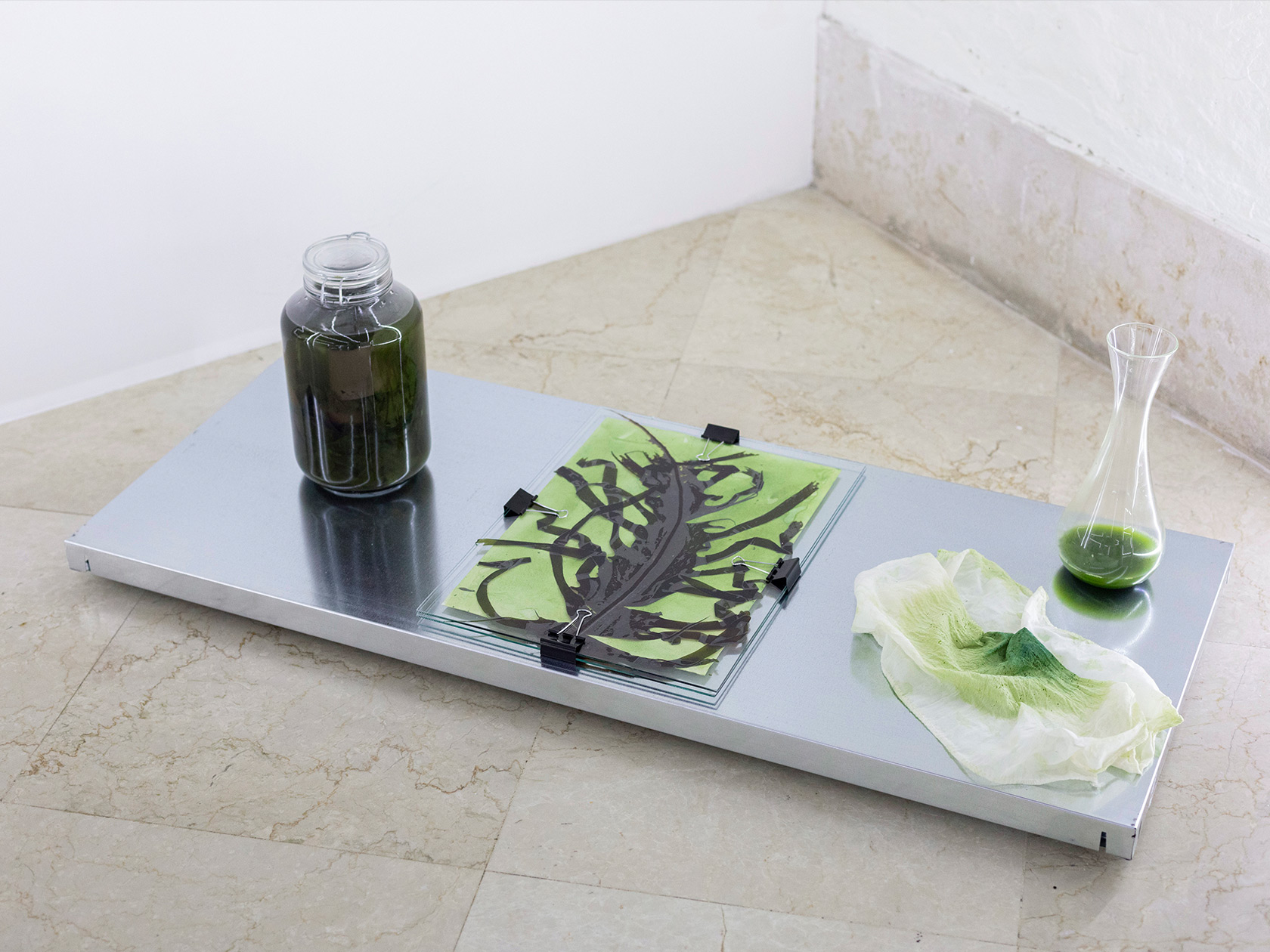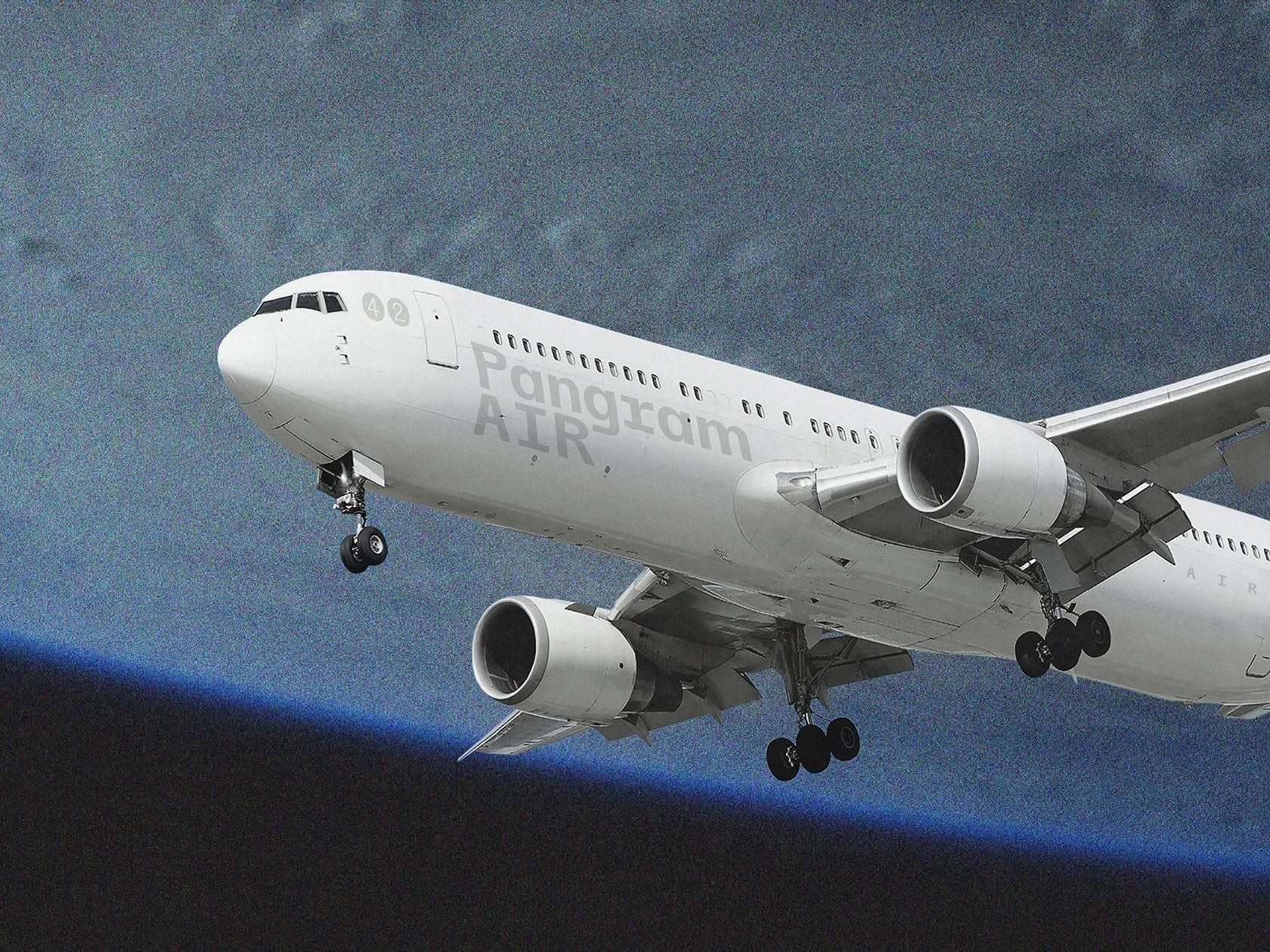Moved by the many inspirational projects and initiatives that emerged during the lockdown, the three designers Riccardo Carrara, Michele Coralli, and Alessandro Laganà founded the platform Re:Action, a digital archive of the creative community’s responses to topics, events, or controversies in our recent history. “It all started during the first lockdown in London. We saw an explosion of creative outputs regarding the pandemic. The creative community started to react to what was happening in the world,” they remember. “We first had the idea to make a book or zine, but it just wasn’t the right medium. We needed a digital archive. Days passed and other people had the same idea, producing really stunning work. Therefore, we started thinking of ways to differentiate ourselves from the other projects out there.” Instead of focusing solely on projects that popped up during the pandemic, the archive collects work on a broad range of different topics, as an attempt to document the role of creativity in relation to world events.
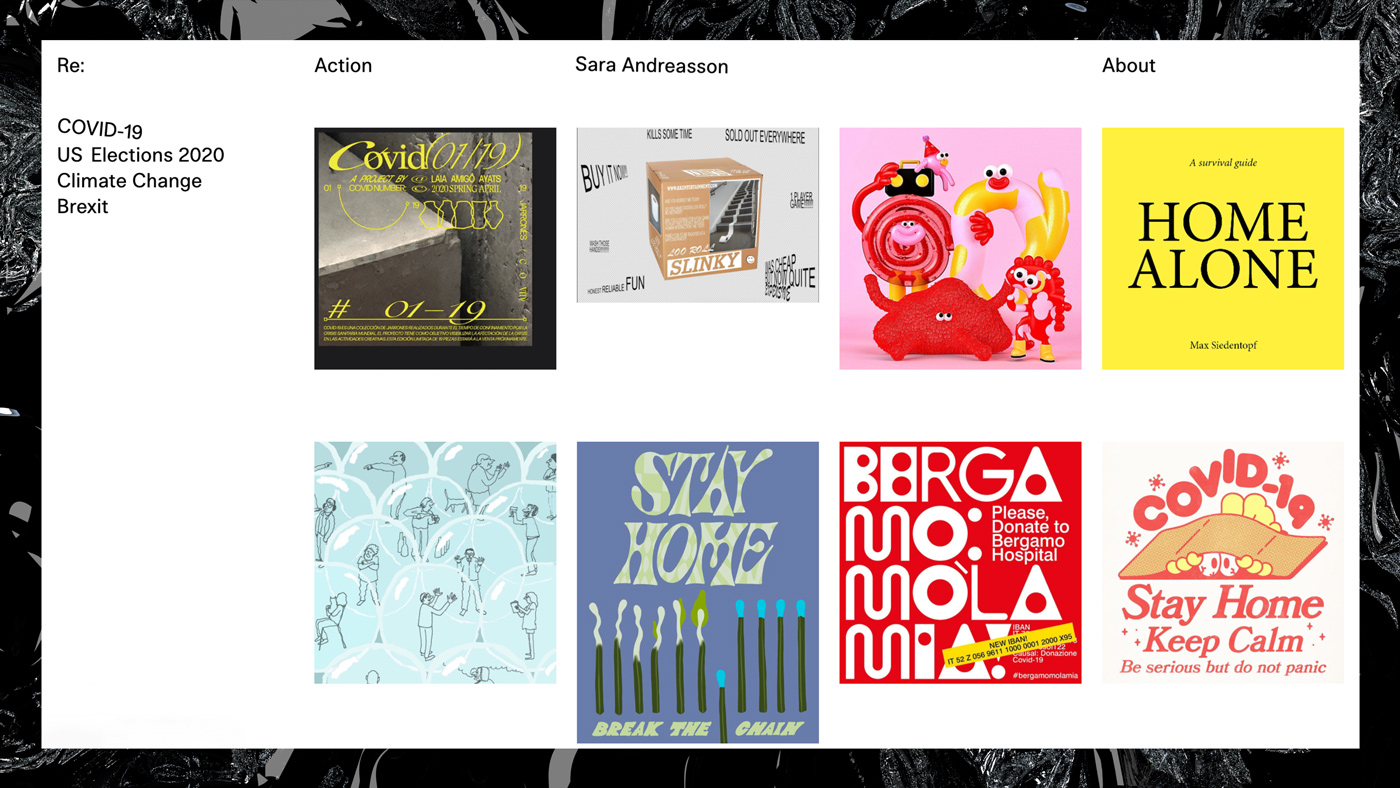
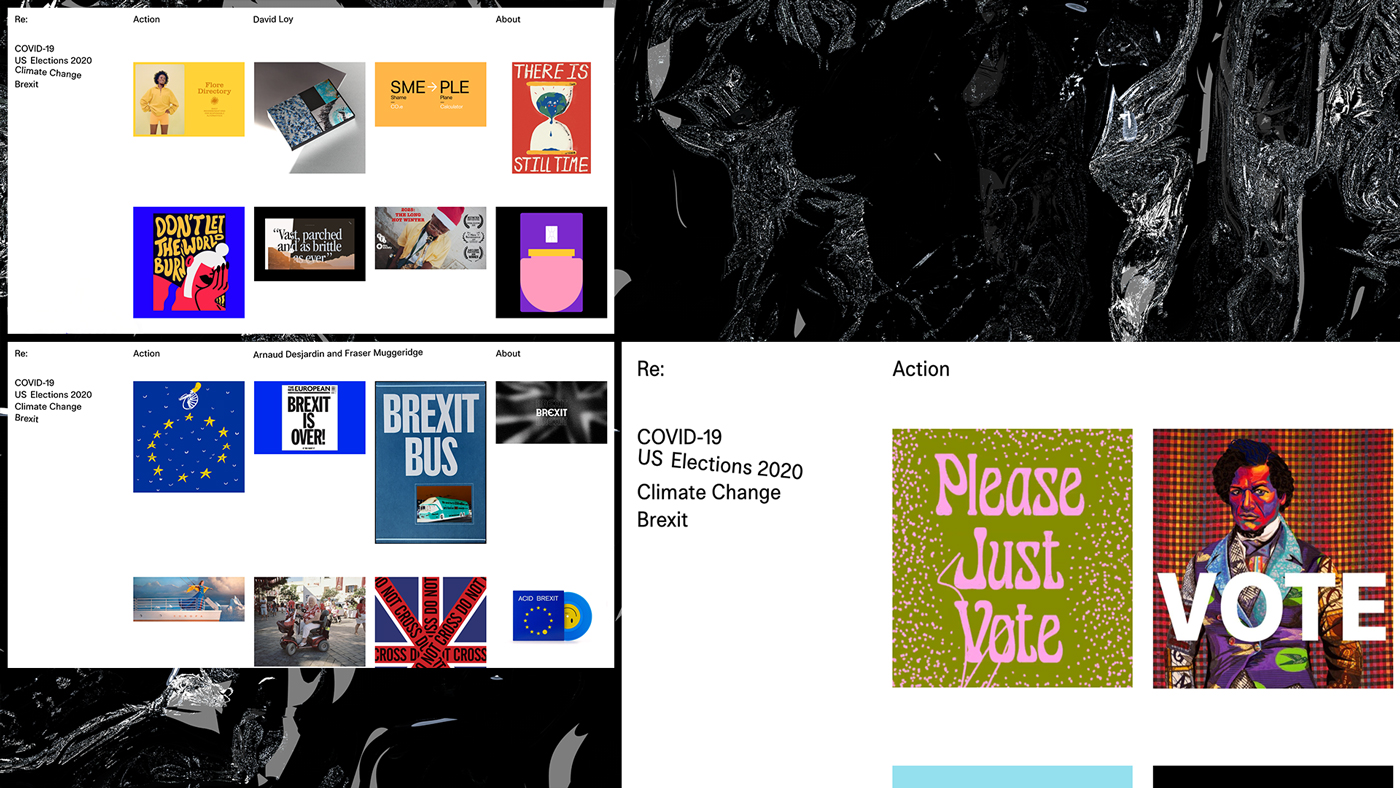
“In 1975, the Danish activist Anne Lund designed the anti-nuclear badge ‘Nuclear Power? No Thanks’, also known as the ‘Smiling Sun’ to express friendly dissent and—by questioning nuclear power—to stimulate dialogue,” Riccardo explains. “With her response to the rise of nuclear power, Anne Lund inspired a global movement that is still alive nowadays. Until today, More than 20 million badges were produced in 45 national and regional languages, and even the nuclear power industry recognized the logo’s power and success. That is how we, as creatives, can shape the world and make a difference. Re:Action has been created to highlight that kind of work, and inspire others to do the same.”
The three designers met during their studies in communication design at Politecnico di Milano, but Alessandro and Riccardo actually grew up in the same town in Italy. “I was in the smoking area of a little club in our hometown, Bergamo. Suddenly, this guy grabs my shoulder from behind and shouts: ‘Hey! I am your new coursemate!’. At first, I had no idea who he was, but that was Alessandro,” Riccardo tells us. “We met Michele a couple of months later at university. As a natural consequence, we started working together on assignments—which turned into a more professional, collaborative practice once we moved together to London after our studies, working on client and self-initiated projects.” While Alessandro and Riccardo started to intern and work at different design studios in London, Michele enrolled in digital direction at the London Royal College of Art. “When we moved together, our collaboration evolved quite naturally, as we are three graphic designers, with slightly different backgrounds and skills,” Michele concludes.
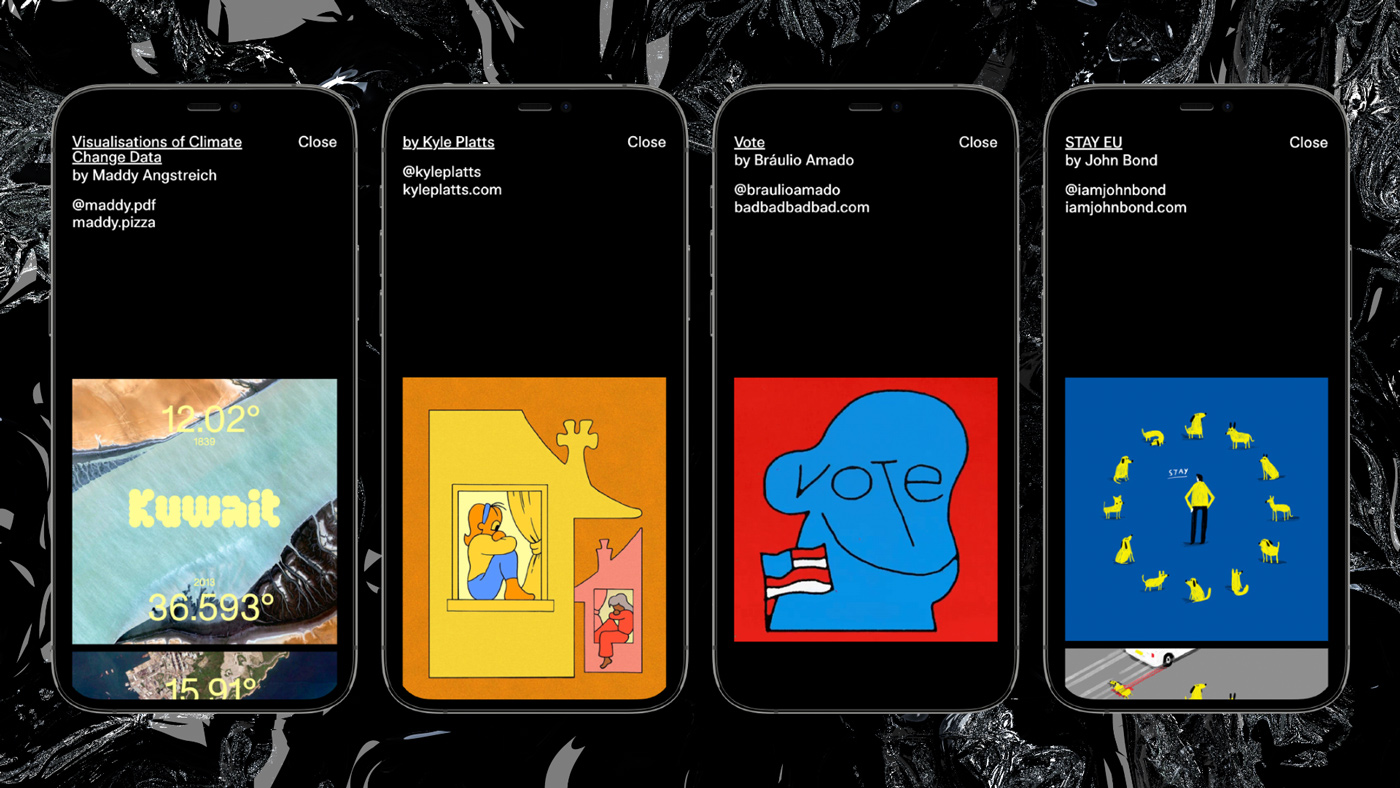
Re:Action offered a possibility to channel their different interests and skills, investigating the many ways in which the creative community reacts to the world, to clarify, communicate and provoke real change. “The world is changing fast and the creative community should play an important role in shaping that change,” the designers state. “We don’t want Re:Action to be just an archive, we want it to act as a pool of inspiration. We want to create a platform on which people can learn about how we, as creatives, are able to navigate through challenging times and respond to different controversies. We want to help spread and contextualize the work of people who try to make a difference.” By featuring international artists, studios, and foundries, like Paula de Álvaro, Blaze Type, Georgia Harizani, Studio Nari, Eike König, Georgia Perry, Patrick Savile, Same Paper, and Zhijun Wang, the platform serves as a source of inspiration for creatives worldwide, spreading hope and positive energies.
“Creatives need to be accountable for what they do, how they do it, and the clients they choose to work with,” Alessandro states. “Kind of a positive slippery slope. If I see someone trying to make something good and to actually make an impact, that might inspire me to do the same.” As it is meant to be an open and versatile playground, there are no criteria for how the contributions are selected. Anybody can apply to be featured with their work on Re:Action. In that way, the platform offers different views on certain topics and encourages discussion.
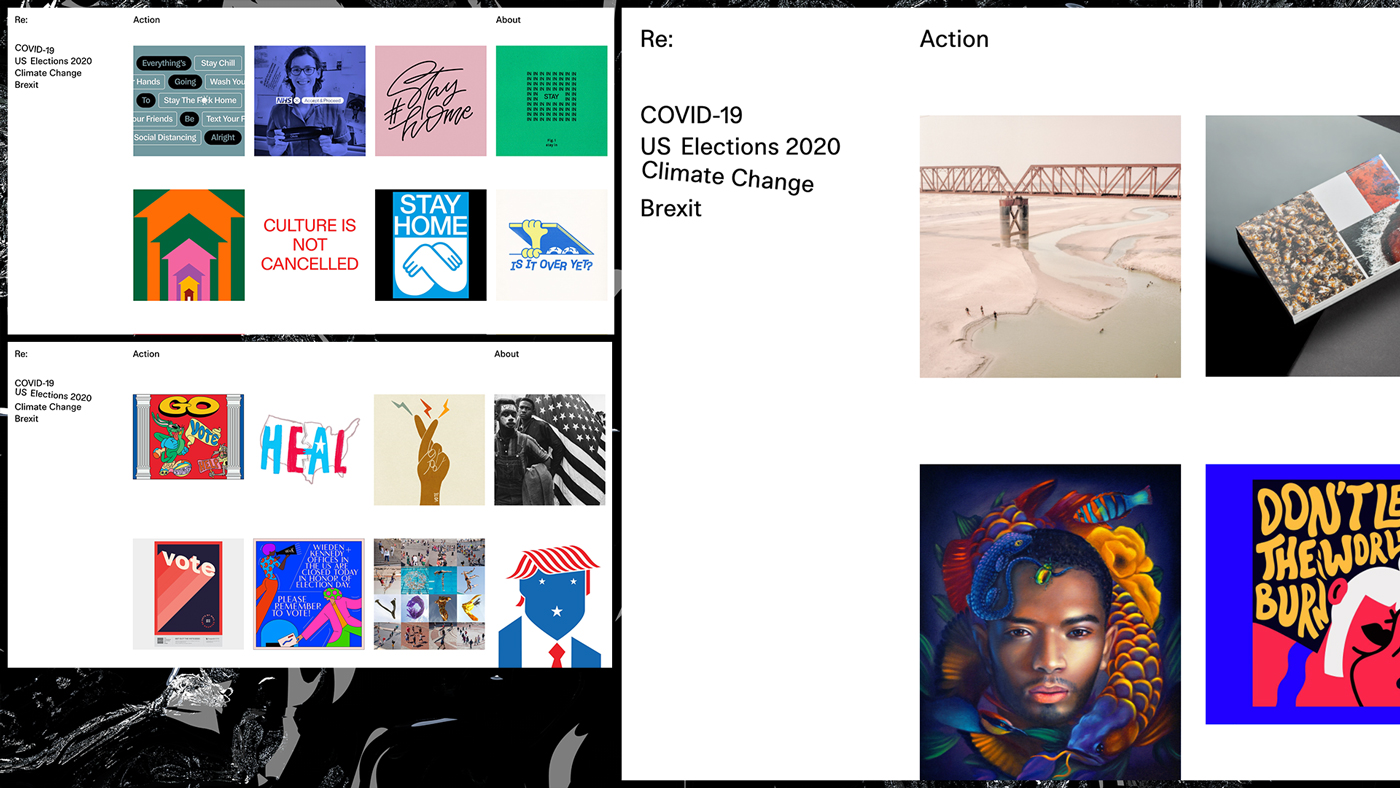
“We think there are two main reasons why it is fundamental to collaborate nowadays. The first reason is that you need the help and the expertise of different people to achieve a satisfying outcome,” Riccardo, Michele and Alessandro tell us. “The second reason is that collaboration allows you to take different opinions into account, as several minds try to solve the same problem. This helps the project to grow in a more natural way.” Looking into the future, the three designers hope to build up the community around Re:Action and explore different mediums next to the digital archive, including an upcoming exhibition in London and some themed publications. “Letting go of your ideas and staying open to different ways of thinking can take your work to a different level. Creating Re:Action has been a really useful experience for us.”
Riccardo Carrara
Instagram
Michele Coralli
Instagram
Alessandro Laganà
Instagram
COLLABORATIONS TO LOOK AT:
Self-Quarantine Residency by David Brandon Geeting and Lina Sun Park
‘Lifetime’ music video for Romy by Patrick Savile and Connor Campbell
Apfel Brukt by Collletttivo

